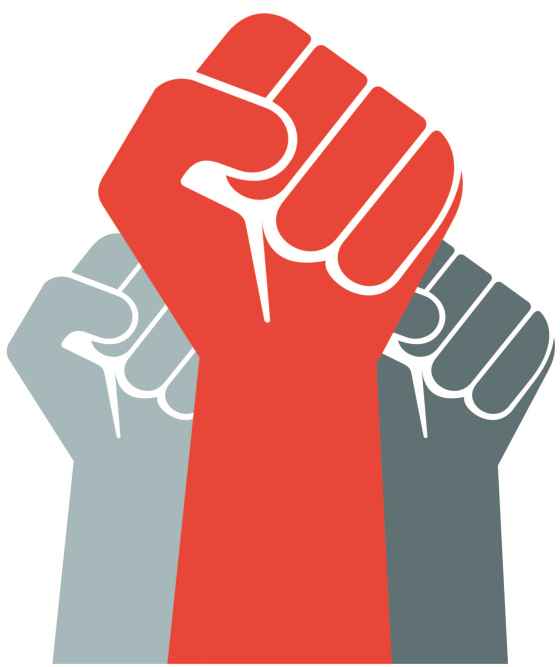March 1, 2015. Charleston. Post & Courier. By Victoria Middleton, Executive Director of the ACLU of South Carolina. Wednesday’s Post and Courier story about the closing of a local prison (“State to close North Charleston prison in move to save money, boost security”) contains welcome news.
According to the article, “The inmate count at the facility had been declining because of sentencing reform and prison programs. ... Recidivism rates for South Carolina prison inmates have dropped from 30.6 percent in 2008 to 27.5 percent in 2010.”
Less welcome is the proposal to repurpose the facility as a juvenile detention center.
State Sen. Paul Thurmond is quoted as saying that the current facility is “woefully inadequate.”
We couldn’t agree more.
Greenville presents a cautionary tale of when a county opens a new juvenile detention center — with more beds to fill. In fiscal year 2012-2013, Greenville locked up 1069 children in the county’s “state of the art” juvenile detention center — a 33 percent increase over the previous year.
Greenville not only has the highest number of admissions to juvenile detention but also has the highest juvenile detention rate in the state. Perhaps this is a case of “if you build it, they will come.”
Before rushing to a decision about relocating juveniles in detention, we hope local officials will consider some alarming reports about the way we handle offenses committed by children. According to the just-released report on school suspensions by the UCLA civil rights project, South Carolina ranks among the states with the most elementary and secondary school suspensions.
The majority of children in South Carolina are confined for non-violent offenses. In 2011-2012, according to data cited in the report, fully 4 percent of all elementary school children in our state were suspended. At the secondary level, fully 16 percent of kids experience suspension from school.
The cost to our state is high. The cost to detain a child in a DJJ pre-trial detention center is $242 per day, while the cost to incarcerate a youth in a DJJ evaluation center is $154 per day.
Incarcerating children in South Carolina juvenile facilities for the long term costs $155,000 annually.
In addition to the immediate costs of lock-up, we should take a hard look at the cost to our state of keeping kids from graduating, continuing their education, and getting jobs. There is an extensive body of research documenting the long-term harmful effects of detaining children. Even very short stays in detention can negatively affect a child’s life, decreasing the likelihood he or she will return to school and increasing the chances that the child will get re-arrested.
A small number of counties are responsible for incarcerating the majority of children in juvenile detention and commitment facilities. For example, Charleston schools are pushing out thousands of students for disciplinary infractions that are not serious safety threats.
According to the U.S. Department of Education, 4,422 Charleston students were suspended out of school during the 2011-2012 school year. That’s almost 10 percent of all students in Charleston, and more than 20 percent of students with disabilities.
In addition, African-American students in Charleston were more than four times as likely as their white counterparts to be suspended.
Worse yet, behavior that in the past could land a student in the principal’s office is now sending students to court. Under South Carolina’s Disturbing Schools Law, any behavior considered “obnoxious,” such as mouthing off to a teacher or getting in a fight, can lead to an arrest and entry into the juvenile justice system.
In fiscal year 2011-2012, a Disturbing Schools charge was the second most common reason that children were referred to juvenile court in Charleston County. Because of overly punitive policies like the Disturbing Schools Law, many of our students become ensnared in the juvenile justice system, where they can end up not only up locked up in juvenile jails and prisons but also locked out of positive opportunities like college and gainful employment.
We urge local and state leaders to take a hard look at alternatives to locking up children. We need to promote positive discipline in schools in lieu of punitive policies like unnecessary suspensions or arrests. When kids do go to court for non-violent offenses, they should receive community evaluations instead of being locked up in evaluation centers.
Alternative programs have been proven to reduce youth crime and improve outcomes for court-involved children.
Finally, we want to expand community-based programs so we can reduce the number of young people languishing in juvenile jails and prisons.
Let’s put our children before buildings and, instead of repurposing facilities, reform the way we do juvenile justice in our state.
